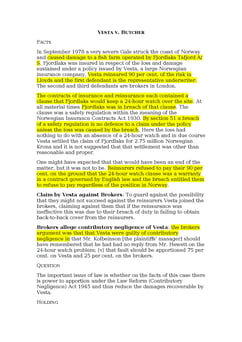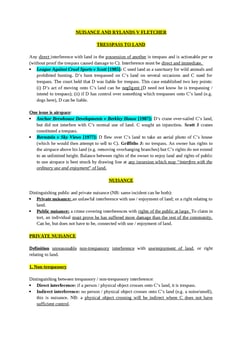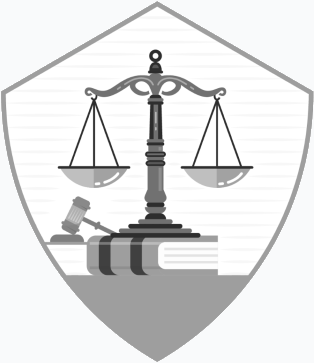SAAMCO v York Montague [1996] 3 All ER 365
Judgement for the case SAAMCO v York Montague
Table Of Contents
KEY POINTS
-
To recover damages for negligent advice, the plaintiff must prove:
That he has suffered loss, and
That the loss fell within the scope of the duty.
-
Under the SAAMCO principle:
A person providing advice on whether or not a course of action should be taken is responsible for all the foreseeable loss which is a consequence of that course of action having been taken.
A person whose duty is only to supply information upon which another will rely in choosing a course of action is responsible only for the consequences of the information being wrong.
FACTS
SAAMCO was a financial institution providing finance for property development and investment. York Montague was a firm of chartered surveyors who were hired by a borrower to provide a valuation of a property for the purpose of securing a loan from SAAMCO.
The surveyors provided an over-optimistic valuation of the property, significantly inflating its value, which induced SAAMCO to lend a larger amount than they otherwise would have.
The borrower subsequently defaulted on the loan, and the property's actual value was significantly lower than the valuation provided by the surveyors.
SAAMCO sued the surveyors, claiming that they were liable for the entire amount of the loan that they would not have extended had the valuation been accurate.
JUDGEMENT
Appeal allowed.
COMMENTARY
The SAAMCO case clarified the principle that professionals are only liable for losses that are a direct result of their negligence within the scope of their duty.
This principle helps define and clarify the boundaries of professional liability, preventing professionals from being held accountable for losses that are not a direct result of their negligence.
It underscores the importance of clear communication and engagement terms between professionals and their clients, as well as the need for professionals to consider the potential consequences of their actions and advice.
For Further Study on SAAMCO v York Montague
Need instant answers? Our AI exam tutor is here to help.
Ask questions 🙋 Get answers 📔 It's simple 👁️👄👁️
Our AI is educated by the highest scoring students across all subjects and schools. Join hundreds of your peers today.
Get StartedSimilar Cases
Related Product Samples
These product samples contain the same concepts we cover in this case.
| Commercial Remedies BCL | Saamco Notes (4 pages) |


